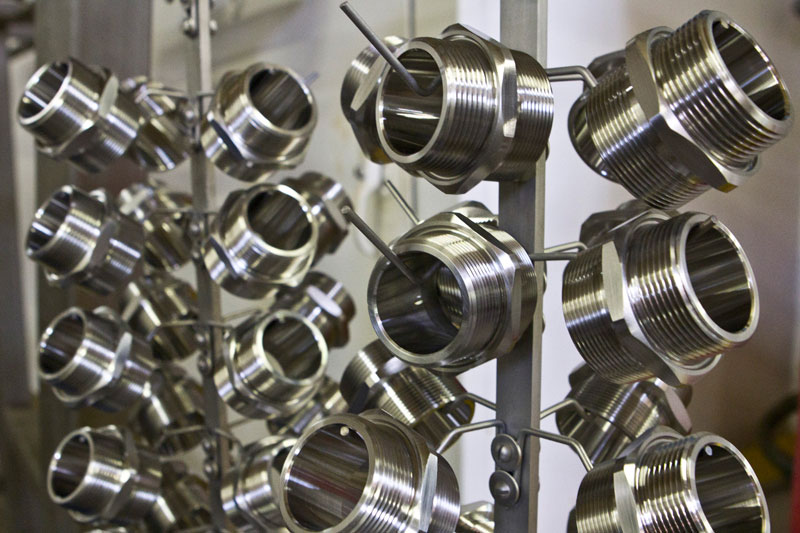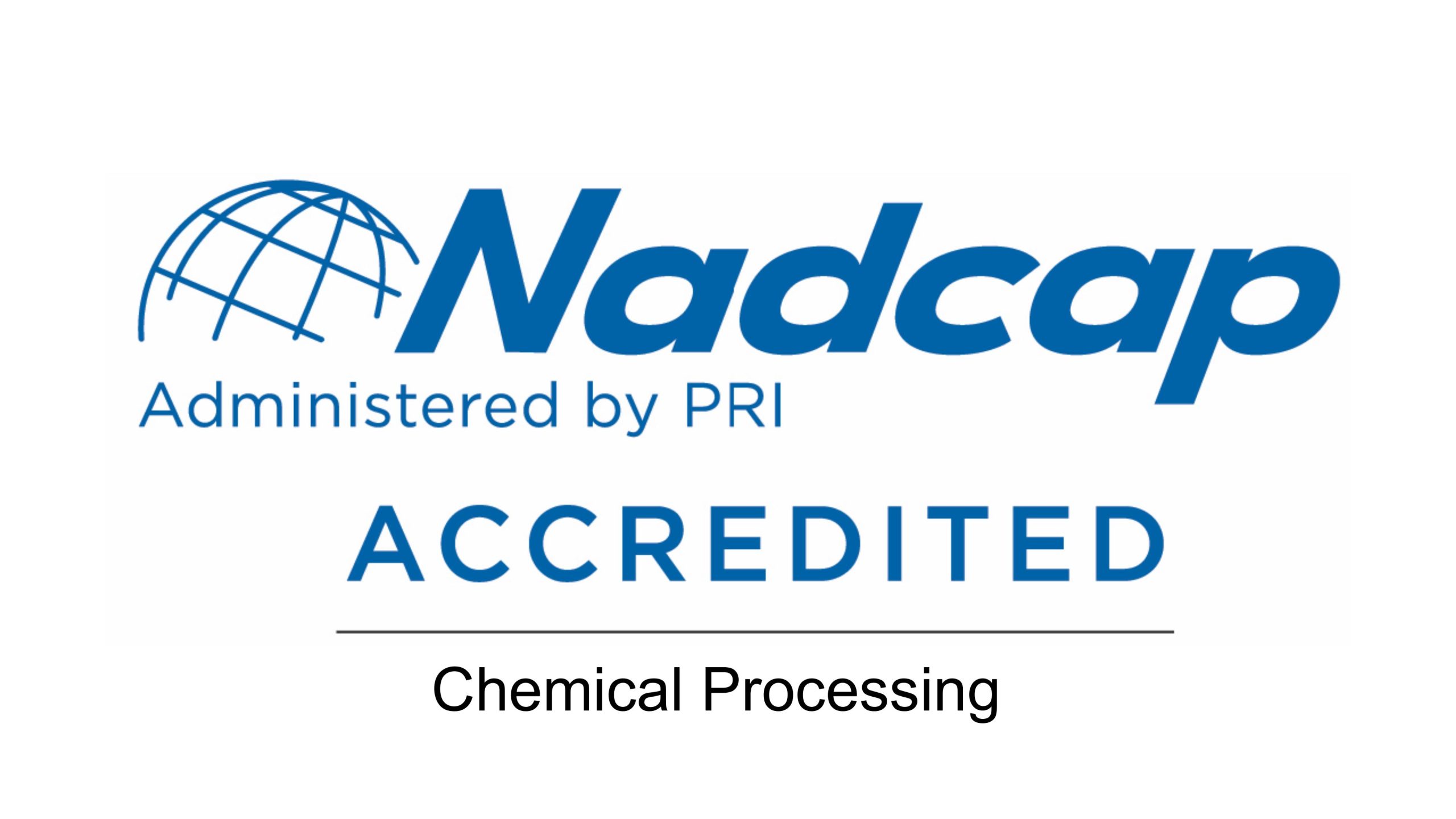
We are strongly-equipped with the expertise to perform plating of Nickel on various metal substrates through our well-established chemical process, without the use of electrical currents.
Our understanding of the specific requirements Electroless Nickel plating has allowed us to fine-tune our process to yield the highest quality of Nickel-plated goods in the market.
| Process | Specification | Process Classification | Tank Size (mm) (L) x (W) x (H) |
Location |
|---|---|---|---|---|
Electroless Nickel |
AMS 2404 / ASTM B 733 / AMS-C-26074 / MIL-C-26074 | Medium phosphorous EN | 1530 x 760 x 930 | Singapore |
| High phosphorous EN | 1200 x 600 x 1200 | |||
| EN Teflon | 720 x 450 x 700 | |||
| AMS 2404 / ASTM B 733 / AMS-C-26074 / MIL-C-26074 | Medium phosphorous EN (Alu) | 1100 x 700 x 1000 | Penang | |
| Medium phosphorous EN (Steel) | 1800 x 700 x 1300 | |||
| High phosphorous EN | 1100 x 700 x 1000 | |||
| EN Teflon | Ø 200 x 160 |
Electroless nickel (EN) plating is an auto-catalytic reaction used to build up a coating of nickel on a substrate. Unlike electroplating, it is not necessary to pass an electric current through the chemical to form a deposit. This plating technique is usually used to prevent corrosion and wear.
Electroless nickel plating has many advantages as compared to electroplating. Electroless nickel provides a uniform deposit regardless of part geometry as it is free from flux-density and power supply issues. Moreover, with proper pre-plate catalyst, EN can deposit on non-conductive surfaces.
